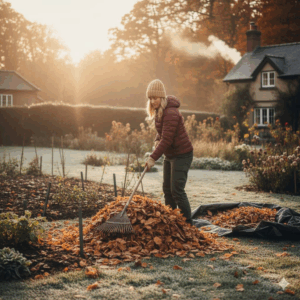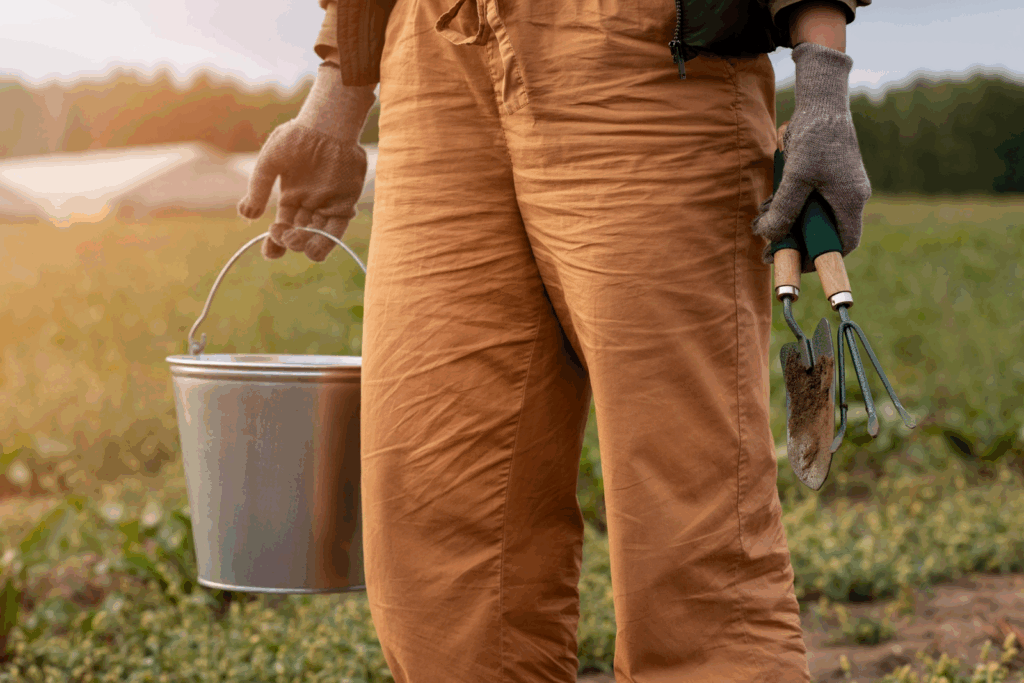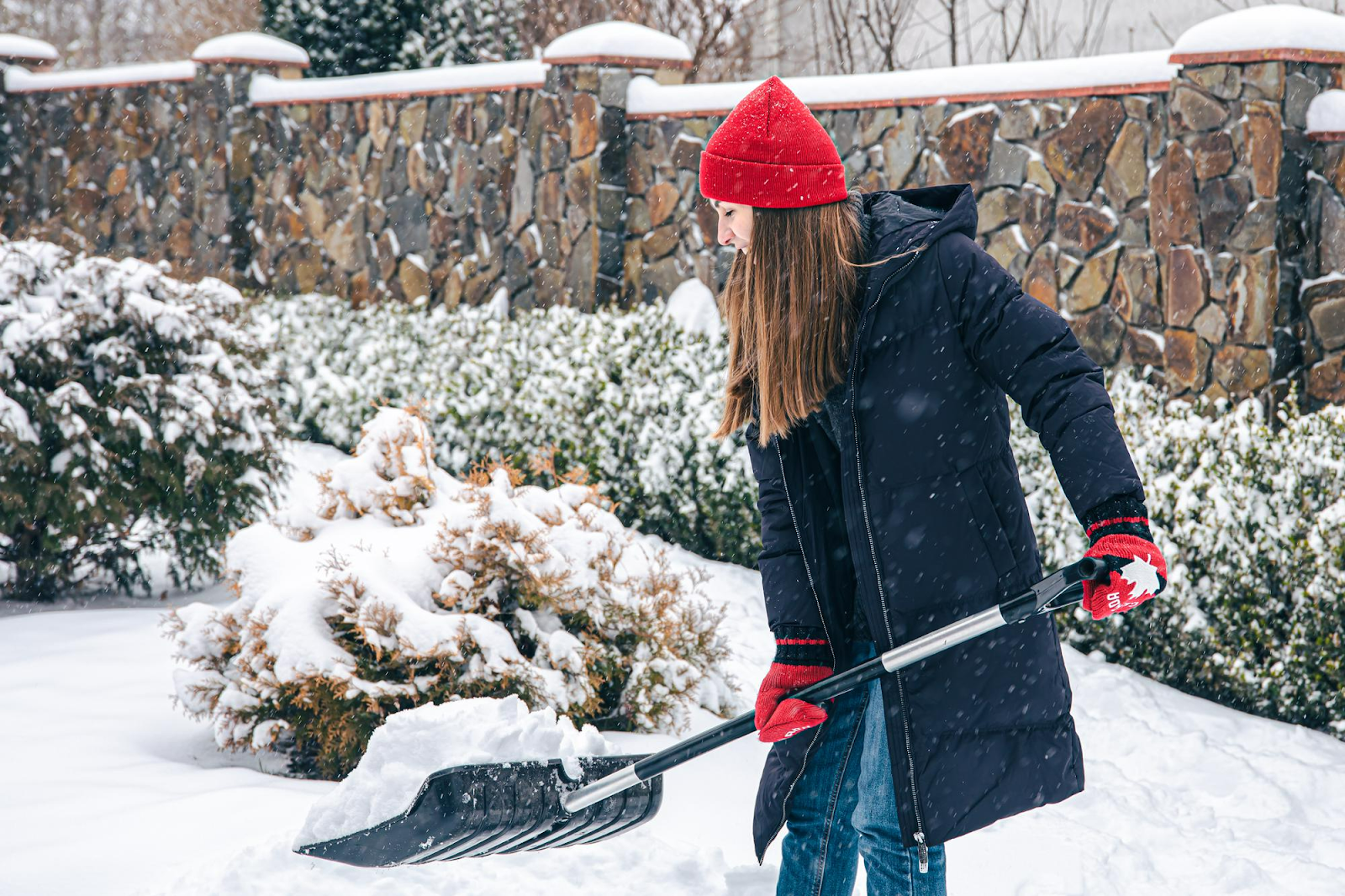First-time gardeners in Canada make many winter mistakes, but most of them come from the idea that gardening takes a break when the temperature drops. That’s why they don’t prepare their plants for winter, don’t take care of their soil, and definitely don’t consider all the work that should happen during those cold months to prepare for success.
Canadian winters are serious business, and your garden needs attention to survive temperatures that can jump around wildly. So, let us guide you through the most common beginner mistakes, and show you how to avoid them, so your garden comes back strong and healthy when the snow finally disappears.
Leaving Plants Completely Unprotected

The mistake usually develops in two ways: either gardeners skip mulching entirely, or they mulch too early and end up creating problems instead of preventing them. This insulation keeps roots safe from wild temperature swings and stops that damaging freeze-thaw cycle where the ground repeatedly freezes and thaws, pushing plants right out of the soil.
The other protection mistake beginners make is not wrapping or covering vulnerable plants at all. Roses, hydrangeas, and many ornamental grasses really benefit from some kind of winter protection. Evergreens can suffer from winter burn when cold winds and bright winter sun dry out their needles faster than frozen roots can replace that moisture. A simple burlap screen on the side facing the wind can save these plants.
Ignoring Soil Care And Leaving The Garden A Mess
New gardeners often view soil as just dirt. But healthy soil is actually teeming with life and microorganisms, and how you treat it in fall directly affects how well your garden performs next year.
The biggest mistake is leaving garden beds completely bare during winter. The thing is, when soil sits exposed to harsh winter weather, several problems occur: the structure breaks down, beneficial organisms die, nutrients wash away with rain and snowmelt, and the soil compacts into a hard, lifeless mass that’s difficult to work with when spring arrives.
Bare soil also invites erosion. Winter winds, heavy rains before the snow comes, and spring melt can literally carry away your topsoil—the most nutrient-rich layer. The solution is actually pretty straightforward: cover your soil.
The other side of this mistake is the overly enthusiastic cleaner—the first-time gardener who carefully removes every dead plant, fallen leaf, and piece of organic matter from their garden beds in fall. Usually, they’re trying to keep things tidy or prevent disease, but they’re actually removing the natural mulch and organic matter that would nourish the soil during winter.
Planting At The Wrong Time And Making Poor Plant Choices

If you plant a tree in the garden in late October in most of Canada, you’re basically asking it to survive winter with a barely formed root system. That’s asking a lot.
Spring-blooming bulbs like tulips and daffodils need to go in the ground 6–8 weeks before the soil freezes so they have time to develop roots before winter dormancy begins. Plant them too late, and they’ll rot in cold, soggy soil or simply sit there doing nothing until spring, when they’ll bloom weakly if they bloom at all.
On the other hand, some enthusiastic first-timers plant their bulbs too early in warm soil, which can trigger early sprouting that dies with the first hard frost.
The plant choice mistake is even more disappointing because it involves both money and hope. First-time gardeners fall in love with a beautiful plant at the nursery without checking its hardiness zone, or they assume that if a store is selling it, it must work in the area.
Keep in mind that a garden represents an investment of time, money, and heart—setting yourself up for success with the right plants at the right time makes all the difference.
The most common mistake first-time gardeners make when facing their first Canadian winter is treating winter as downtime instead of recognizing it as an important part of the gardening year. Whether it’s leaving plants unprotected, ignoring soil care, or making questionable planting decisions in the fall, these mistakes all come from the same place—not realizing that successful spring gardens are built on solid winter preparation.





